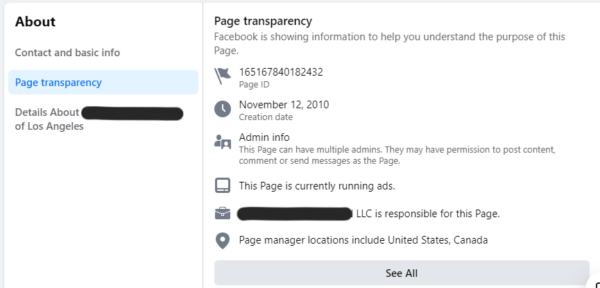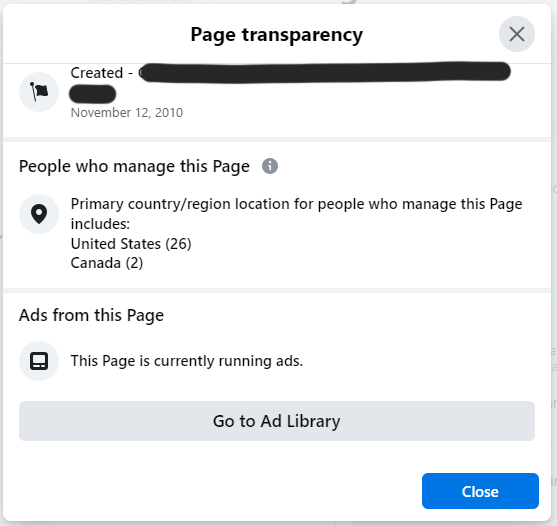Strategies for Marketers to Respond to Social Ad Comments When Using Third-Party Advertisers

As a marketer, I’m sure you do social listening for your organization’s organic posts so your team can stay ahead of questions, comments and feedback. This can be done manually by a social media manager reviewing comments one by one and responding, or at scale using a social listening tool. But what can or should you do about responding to comments on paid social ads if you use an agency to serve ad impressions on your behalf? Let’s dig in.
Social media advertising has become an essential component of marketing strategies for businesses worldwide. Marketers often collaborate with third-party agencies to efficiently reach their target prospect audience through social ad campaigns. However, when a third party is serving ads on behalf of marketers, it can present unique challenges when it comes to responding to social ad comments. This article aims to provide valuable insights and effective strategies for marketers to navigate this situation and engage with their audience effectively.
Establish Clear Communication Channels:
When working with a third-party advertiser, it is crucial to establish a seamless line of communication. Clearly define the protocols and expectations for handling social ad comments. Ensure that the third party has access to the necessary information about your brand, products and services to respond accurately and consistently to inquiries and feedback.
Develop a Comprehensive Comment Response Guide:
Create a detailed comment response guide that outlines the brand’s tone, voice and guidelines for addressing various types of comments. This guide should cover common scenarios, such as positive feedback, negative feedback, product inquiries, customer support requests and general inquiries. Provide examples and templates to help the third party respond appropriately and maintain brand consistency.
Regular Training and Updates:
Organize regular training sessions or workshops to familiarize the third-party advertisers with your brand’s values, goals and customer service standards. Share updates about new product launches, campaigns or any other relevant information to keep them up to date and enable them to respond accurately to comments.
Swift Response Time:
Timely responses are crucial when engaging with social ad comments. Establish a clear expectation for response time with your third-party advertiser and ensure that they have the necessary resources and tools to achieve this goal. Fast and responsive communication demonstrates a commitment to customer satisfaction and can significantly impact the overall brand perception.
Quality Control and Monitoring:
Implement a monitoring system to review the third party’s responses to social ad comments regularly. Establish quality control checkpoints to ensure their adherence to brand guidelines and customer service standards. Provide feedback and suggestions for improvement, focusing on enhancing the overall customer experience and addressing any areas that require attention.
Escalation Process:
Define an escalation process in cases where the third party is unable to address specific inquiries or encounters sensitive issues. Establish a clear channel for communication between the third-party advertiser and your internal team to resolve such situations promptly and effectively. This ensures that no comment goes unaddressed or becomes a potential source of dissatisfaction for customers.
Collaborative Approach:
Maintain an open and collaborative relationship with the third-party advertiser. Foster ongoing communication to address any concerns, provide clarifications or share updates regarding ad campaigns. Regularly review the performance of the ads and analyze the feedback received to make data-driven decisions for future campaigns.
Continuous Improvement:
Encourage a culture of continuous improvement and learning. Share insights gained from customer interactions with the third-party advertiser and collaborate on strategies to enhance customer satisfaction and engagement. Continuously update the comment response guide to reflect the evolving needs and preferences of your audience.
Social Platform Pro-Tips:
TikTok: There is a positive and negative rating on individual comments, but no way to manage those at scale if serving your own TikTok ads from your ad account. Each ad’s comment section needs to be addressed one by one. If using an agency to serve on your behalf, it’s best to request that comment capabilities be disabled for each ad campaign you run.
SnapChat: No need to do social listening or monitoring for ads since there are no comments on ads.
Instagram: Ad comments can be disabled for Instagram, therefore it’s best to request that comments be disabled for each ad campaign.
Facebook: There isn’t a comment rating system in the Facebook UI to get a sense of the positive/negative sentiment, and you cannot disable comments for ads. Having an agency serve ads on behalf of your Facebook page involves previously giving permission to another ad account to run ads. Because of that, you can review comments inside the Facebook UI and be responsive directly from your Facebook account by first going to “Facebook Posts with Comments.”

Go to the sponsoring page -> In the “About” section of that page there should be a “Page transparency” link on the left. Click on “Page transparency” and click on the “See All.”

Scroll down in the window until you see a “Go to Ad Library” button. From there you can see all ads that are running from that page, regardless of who posted the ad.

Effectively managing social ad comments when a third party is serving ads on behalf of marketers requires clear communication, training and a commitment to maintaining brand consistency and customer satisfaction. By implementing the strategies outlined in this article, marketers can ensure that their audience receives prompt and meaningful responses if questions, comments and feedback is allowed, fostering positive engagement and building a strong brand reputation on social media platforms.
